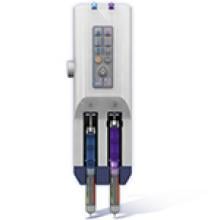March 8, 2018 – Children often find it difficult to remain still for magnetic resonance imaging (MRI) examinations, but an alternative method to conventional MRI for pediatric patients has shown promise in reducing motion-related artifacts in brain imaging, according to an article published online ahead of print from the April 2018 issue of the
© Copyright Wainscot Media. All Rights Reserved.
Subscribe Now


